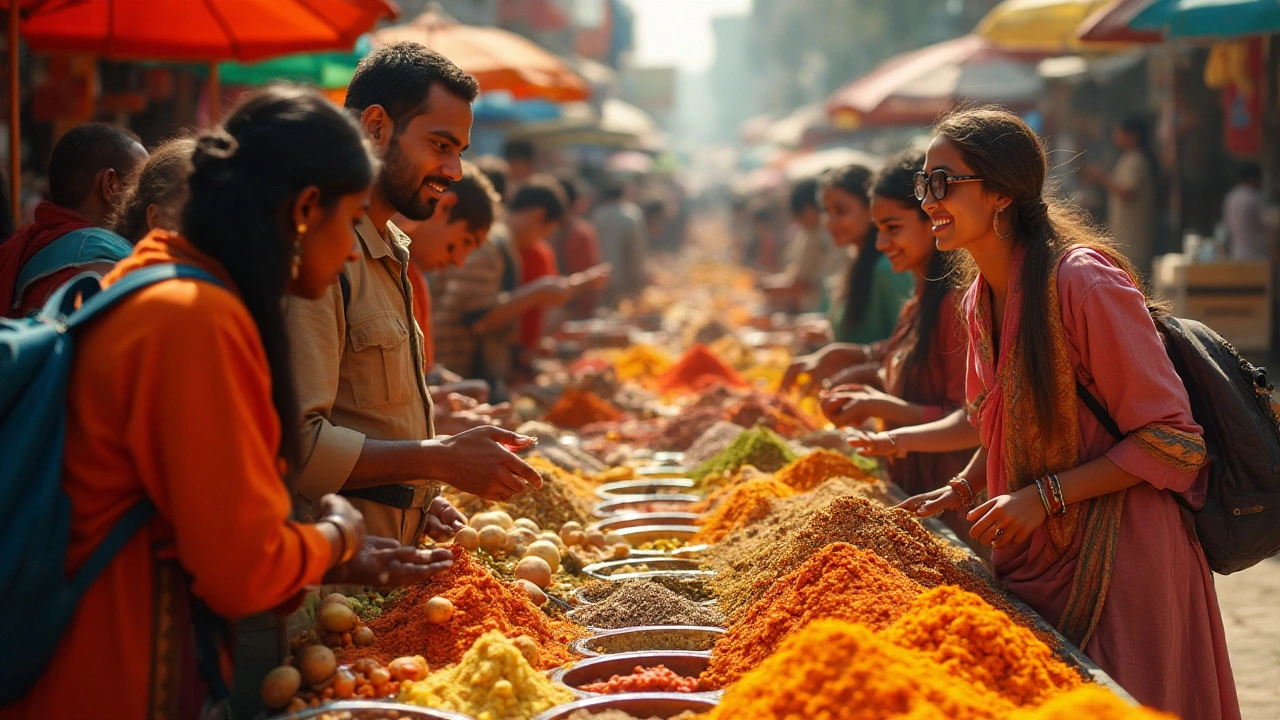Traveling Money: How to Manage Cash, Cards, and Costs in India
When you're traveling money, the actual cash, cards, and digital tools you use to pay for your trip. Also known as travel budget, it’s not just about how much you bring—it’s about how you use it to avoid stress, scams, and surprises. In India, where street vendors, temple donations, and remote homestays often only take cash, your wallet becomes your most important travel tool.
Most travelers think they need to carry large amounts of rupees, but that’s risky. Instead, mix it up: keep a small stack of ₹500 and ₹200 notes for daily use, like chai, auto-rickshaws, and market buys. For bigger purchases—hotels, train tickets, or guided treks—use a no-foreign-transaction-fee debit card. Cards like those from Revolut, Wise, or even some Indian banks work fine at ATMs, especially in cities. But don’t rely on them everywhere. In places like Nagpur’s backroads, the Himalayan trails, or rural temples in Kerala, cash is still king. And never, ever carry all your money in one place. Split it: one pouch in your bag, another in a hidden belt, and a little extra in your shoe.
Exchange rates matter, but not as much as where you exchange. Avoid airport counters—they give the worst rates. Instead, use ATMs or licensed money changers in city centers. If you’re coming from the US, check if your bank charges for international withdrawals. Some do, and those fees add up fast. Also, skip the tourist traps that offer to swap dollars for rupees on the street. They’re almost always scams. And remember: Indian shops don’t always give change for large bills. Keep smaller notes handy. If you’re planning a multi-city trip, like from Mumbai to Goa to the Great Himalayan Trail, your spending habits will shift. Beach towns are card-friendly; mountain villages aren’t. Your traveling money strategy needs to adapt as you move.
Don’t forget about digital payments. UPI apps like Paytm and Google Pay are everywhere in India—even small tea stalls accept them now. But you need an Indian phone number and local bank link to use them. If you’re a foreign traveler, that’s not always possible. So stick to cash and cards. Still, knowing that UPI exists helps you understand why some vendors look confused when you hand them a credit card. They’re used to digital. You’re used to plastic. That gap? That’s where mistakes happen.
And what about emergencies? Always keep a backup. A second card, hidden. A few hundred dollars in a secure money belt. Even if you never use it, having it gives you peace. You’ll see travelers in Delhi panic when their card gets blocked. You’ll see tourists in Goa overpay because they don’t have small bills. You don’t want to be them. Plan your traveling money like you plan your route—thoughtfully, with backups, and room to adjust.
Below, you’ll find real advice from people who’ve navigated India’s money maze—from the cheapest train rides to the most expensive luxury safaris. Whether you’re budgeting for a temple tour in Nagpur or planning a beach holiday in Andaman, the right way to handle money makes all the difference.
